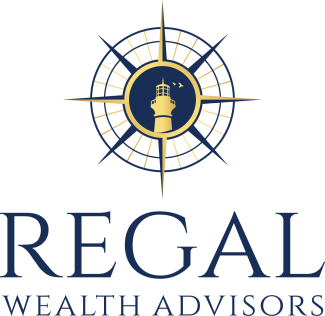Relentless Execution: The #1 Driver of Value Acceleration
As discussed in another post, value acceleration is a proven process based upon the alignment of business, personal, and financial goals. It can dramatically increase business value and, therefore, play a key role in exit planning. I will now discuss what I and many CEPAs believe is the most crucial driver of value acceleration: Relentless Execution.
The four components of relentless execution are Vision, Alignment, Accountability, and Rhythm. Two are tied to strategy, and the other two are ingrained in operations.
Vision and Alignment: The Strategic Elements
Responsibility for vision and alignment rests entirely with the owner/CEO, and they are prerequisites for accountability and rhythm. Without effective vision and alignment, a culture of relentless execution is impossible.
The owner/CEO’s vision must be clear and describe achievable goals over a defined timeframe. And vision must be clearly communicated and understood across the organization.
Once a vision has been established, the owner/CEO must ensure that everything the organization does and does not do, is aligned with the vision. Assume a strategic growth plan calls for substantial investments in technology and capital equipment. The plan also states that during this growth phase, there will be no new product development. This plan specifically identifies strategic actions the company will take (capital and technology investments) and will not take (pursue new products) to achieve its vision. This is a crucial point, because knee-jerk decisions by an owner to depart from a defined vision will send a confusing message to employees and ultimately undermine relentless execution.
Accountability and Rhythm: The Operational Elements
The value acceleration process relies upon action plans (referred to as “90-Day Sprints”) that are designed to increase organizational effectiveness. Teams charged with executing action plans must be held fully accountable for outcomes. Either goals were achieved, or they were not. Period. Failures must be viewed as learning experiences, not excuses that are tolerated.
As the organization evolves to embrace accountability—a process fueled by several action plan wins—rhythm begins to emerge. Rhythm is the “holy grail” of operational effectiveness. When rhythm is achieved, everyone across the organization instinctively knows what to do and when to do it. Work processes are seamless and extremely efficient. It is also at this point where intellectual capital, specifically human capital, and structural capital, becomes significant; for it is high intellectual capital that dramatically increases business value.
At Regal Wealth Advisors, we give our small business owners the tools and knowledge to strategically grow the value of their most important investment. We offer the skills and knowledge of two Certified Exit Planning Advisors, Mike Zimmerman, President and Founder, and John Packer, Small Business Director. Mike and John are a uniquely equipped team with decades of combined experience in wealth management and small business consulting.
We invite you to contact our office at 717-838-3178 and schedule an appointment to learn more about how our exit planning process—a process that is built upon the power of relentless execution--can be one of your most important business strategies.
By John W. Packer, CPA, CEPA, MBA

